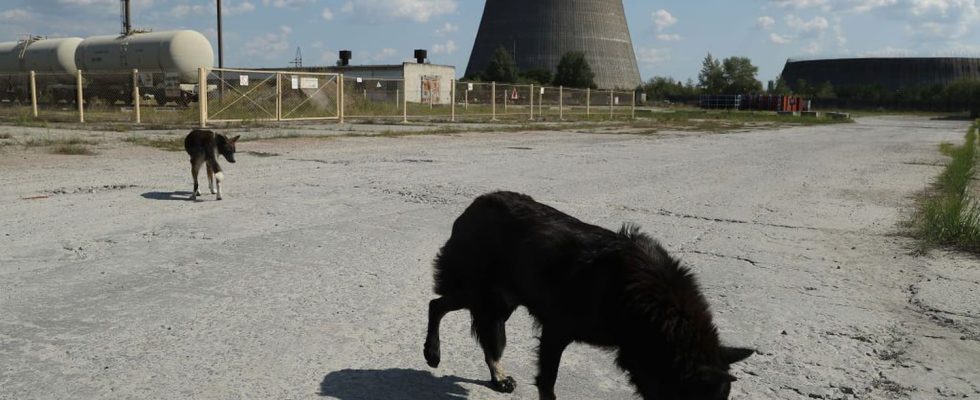A new study analyzed the DNA of 302 stray dogs living near the plant, compared them to others living 10 miles away and found remarkable differences.
- For decades, scientists have studied animals living near the Chernobyl nuclear power plant to understand how high levels of radiation affect their health, growth and evolution.
- A new study analyzed the DNA of 302 stray dogs living near the plant, compared them to others living 10 miles away and found remarkable differences.
- Although the study does not prove that radiation is the cause of these differences, the data provides an important first step in analyzing these irradiated populations and understanding how they compare to dogs living elsewhere.
On April 26, 1986, the nuclear reactor at Chernobyl in northern Ukraine – then part of the Soviet Union – exploded, sending a huge plume of radiation into the sky. Nearly four decades later, the Chernobyl power plant and many parts of the surrounding area remain uninhabited – at least by humans.
In the absence of humanity, animals of all kinds have thrived. Among the radiation-resistant wildlife are thousands of stray dogs, many of them the descendants of the pets abandoned during the rapid evacuation of the area so many years ago. As the world’s largest nuclear disaster nears its 40th anniversary, biologists are taking a closer look at the animals in the Chernobyl Exclusion Zone (ETZ), which is the size of Yosemite National Park, and trying to understand how decades of radiation exposure may have altered animal genomes and, perhaps, accelerated evolution.
Scientists from the University of South Carolina and the National Human Genome Research Institute have begun examining the DNA of 302 stray dogs found in or around the ZET to better understand how radiation may have altered their genomes. Their findings were published in the journal Science Advances earlier this month.
“Do they have mutations that they have acquired that allow them to live and reproduce successfully in that region?” asked Elaine Ostrander, co-author and expert in canine genomics at the National Human Genome Research Institute, USA. New York Times. “What challenges do they face and how did they manage to adapt genetically?”
The idea that radiation can accelerate natural evolution is not new. Deliberately irradiating seeds in space to induce beneficial mutations, for example, is now a proven method for developing crops suitable for a warming world.
Scientists have analyzed certain animals living in the ZET for years, including bacteria, rodents and even birds. A 2016 study found that eastern tree frogs (Hyla orientalis), usually green in color, were more often black in the ZET. Biologists believe the frogs experienced a beneficial mutation in melanin – pigments responsible for skin color – which helped ionize surrounding radiation.
This got scientists thinking: Could something similar be happening in wild dogs in Chernobyl?
This new study found that stray dogs living near the Chernobyl nuclear power plant showed distinct genetic differences compared to dogs living only about 10 miles away in the city of Chernobyl. While this may seem to strongly suggest that these dogs underwent some sort of rapid mutation or evolution due to radiation exposure, this study is only the first step in proving this hypothesis. An environmental scientist, speaking to Science News, says such studies can be tricky, mainly because distinguishing radiation-induced mutations from other effects, like inbreeding, is incredibly difficult.
However, this study provides a model for further research into the effects of radiation on larger mammals, as the DNA of stray dogs from the Chernobyl power plant and the nearby town of Chernobyl can be compared to that of dogs living in non-irradiated areas. Despite the current lack of solid conclusions, the study shows once again that an area which logically should be a desert has become an unparalleled scientific opportunity to understand radiation and its impact on natural evolution. .
